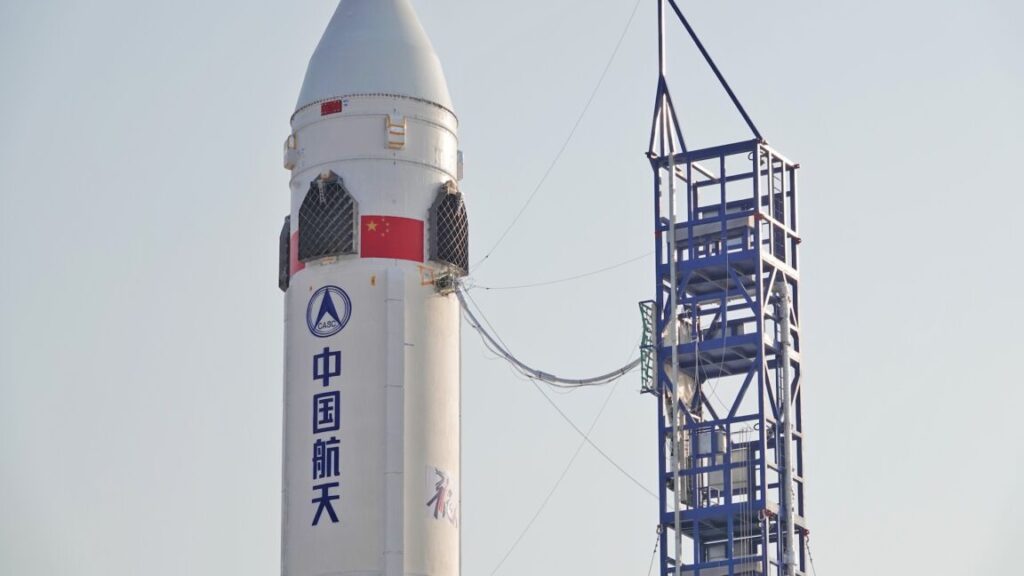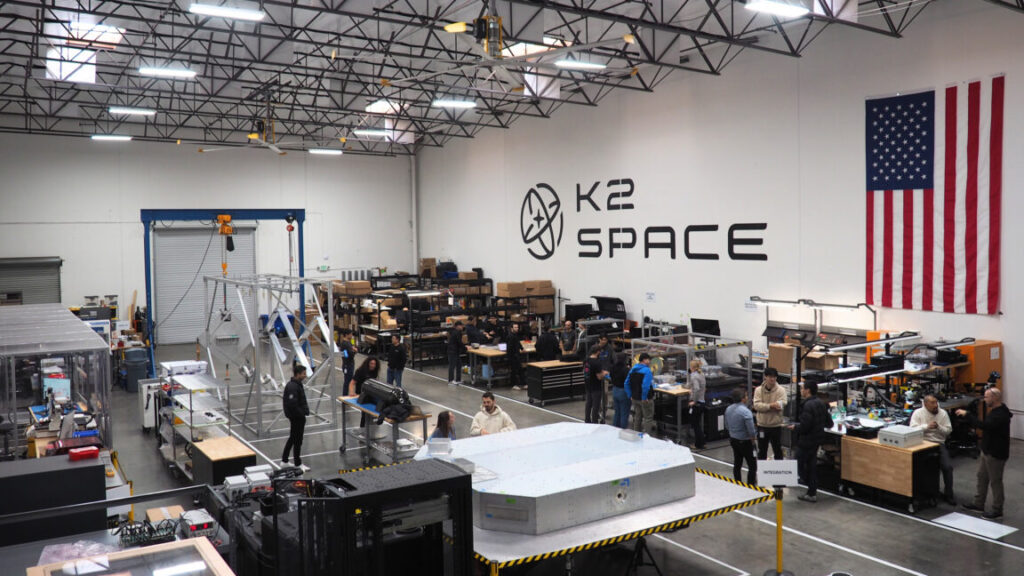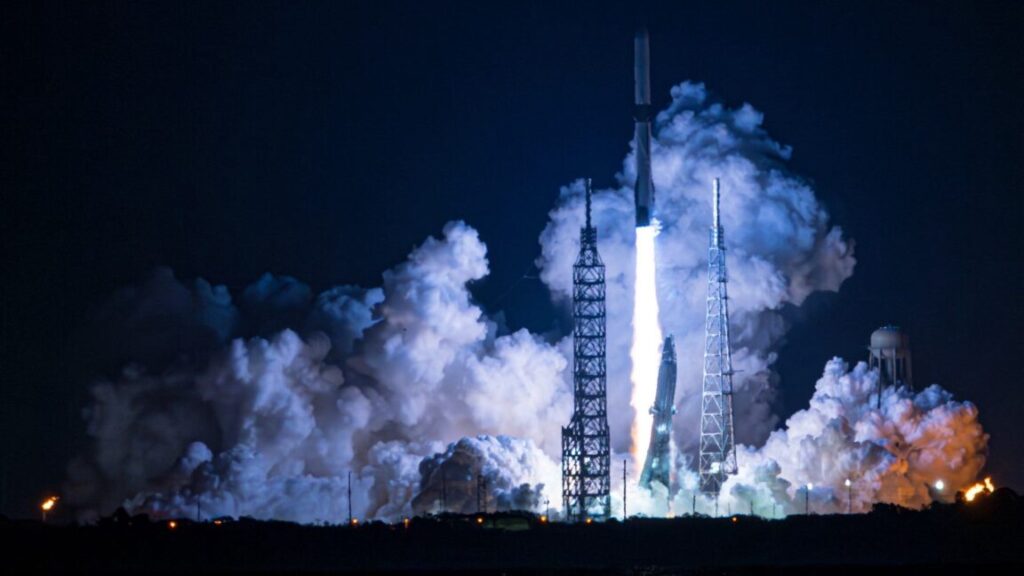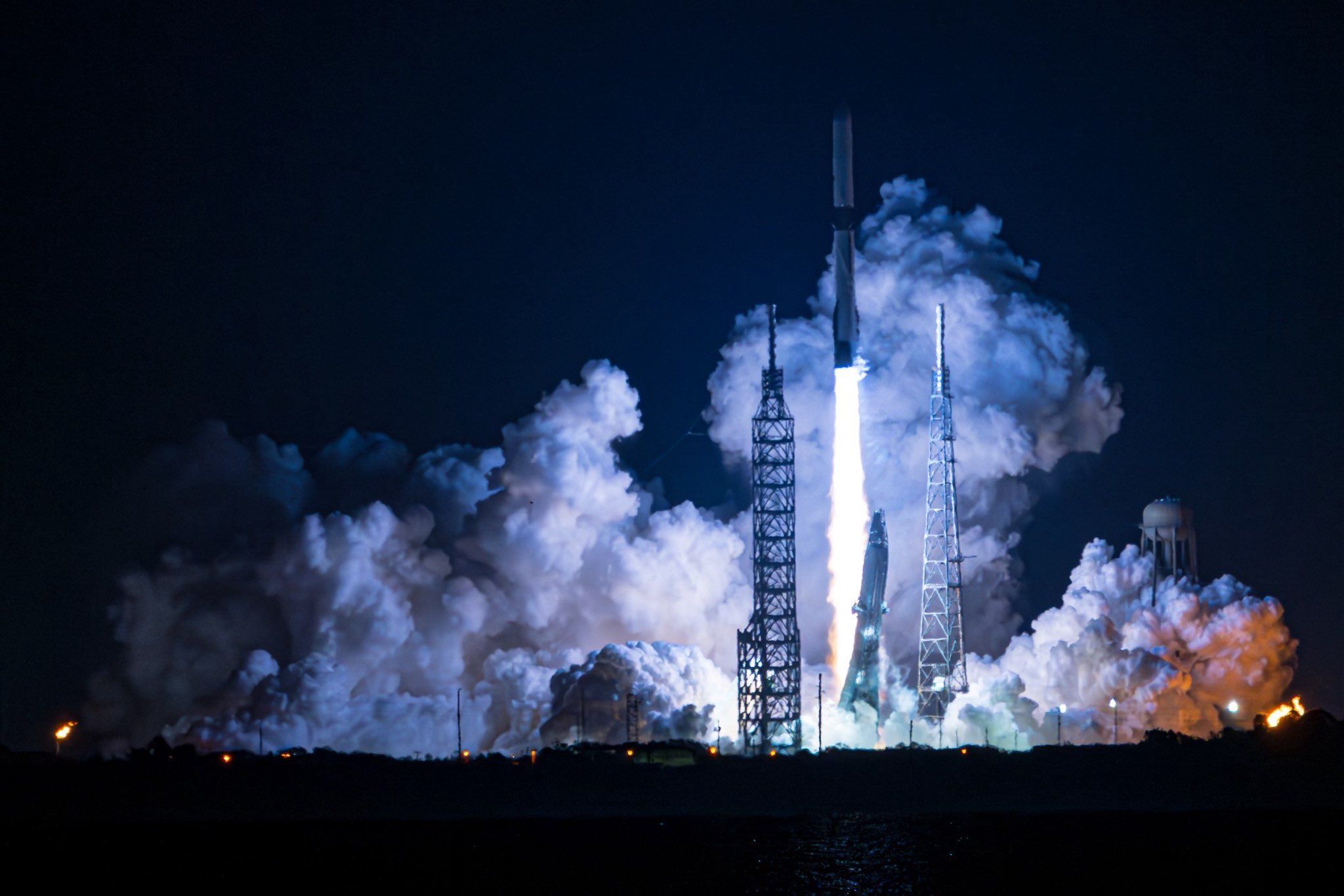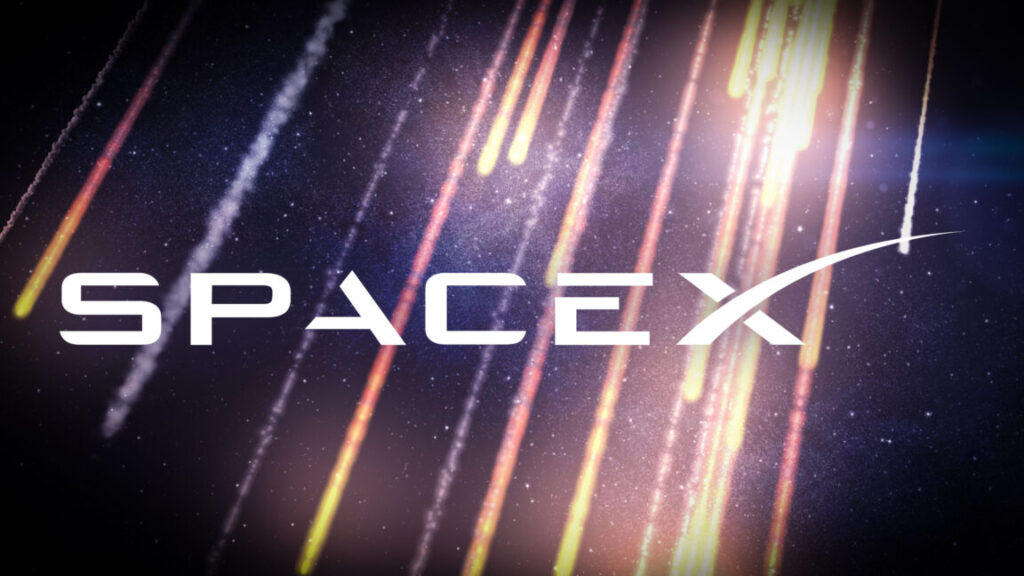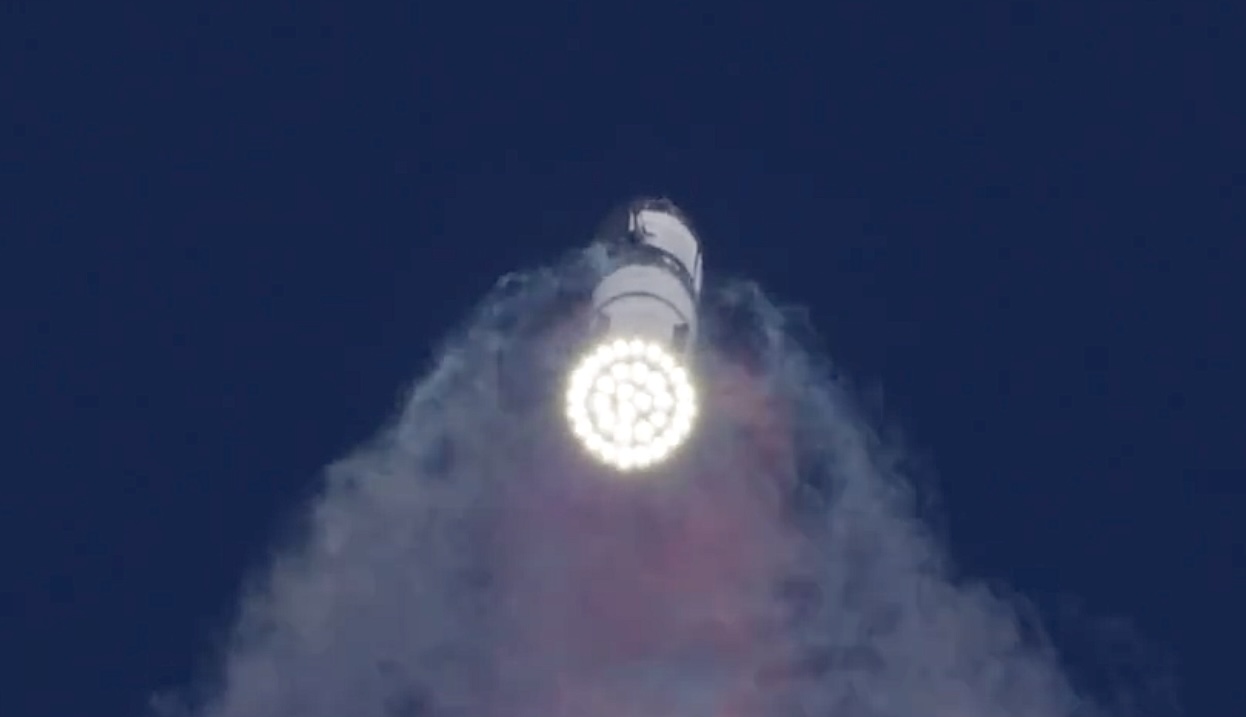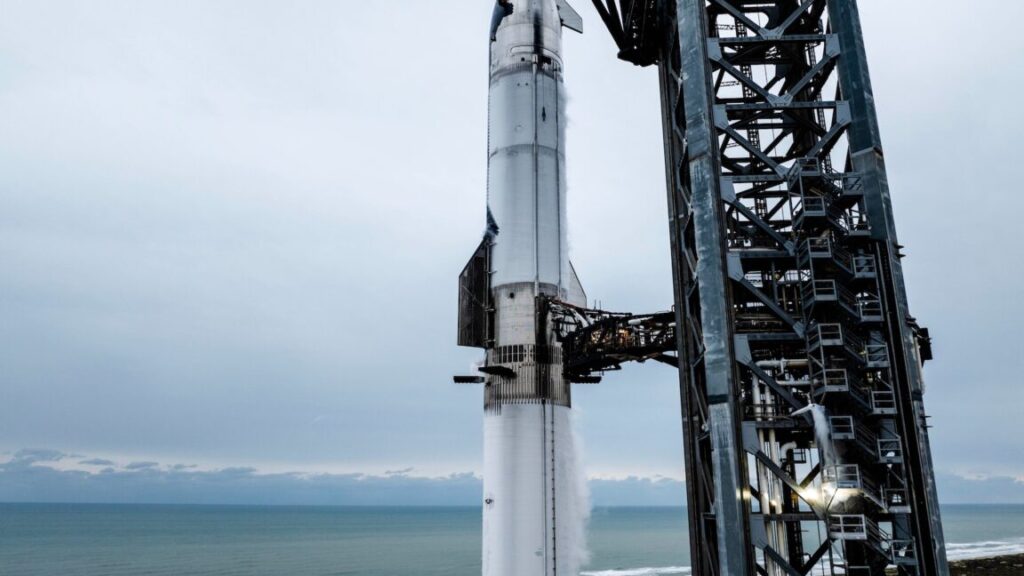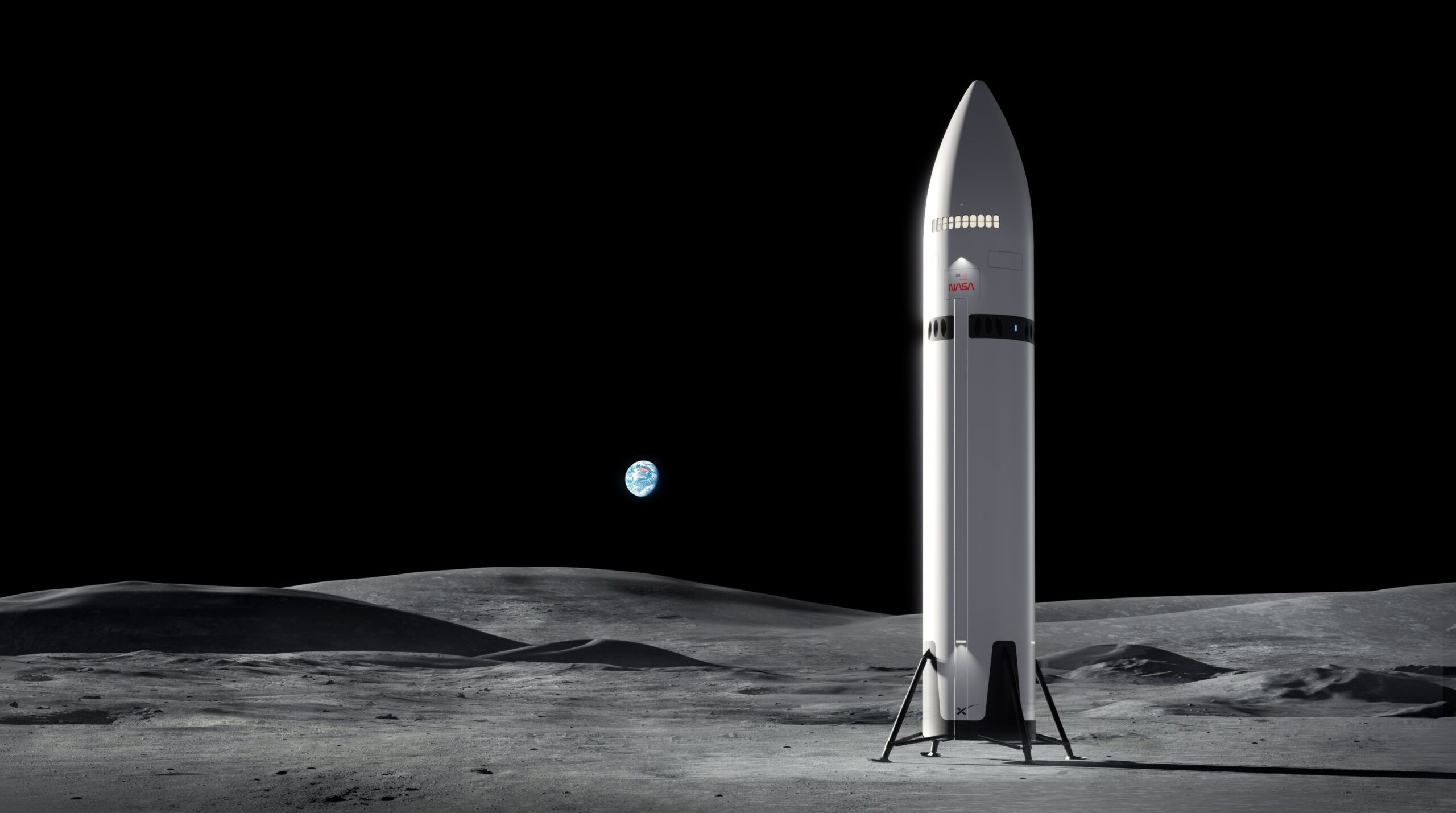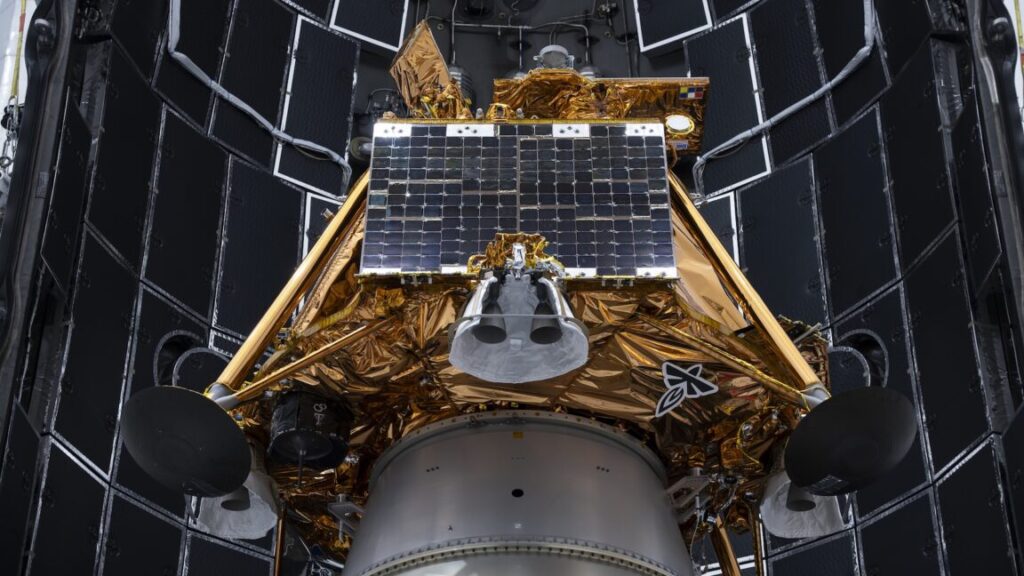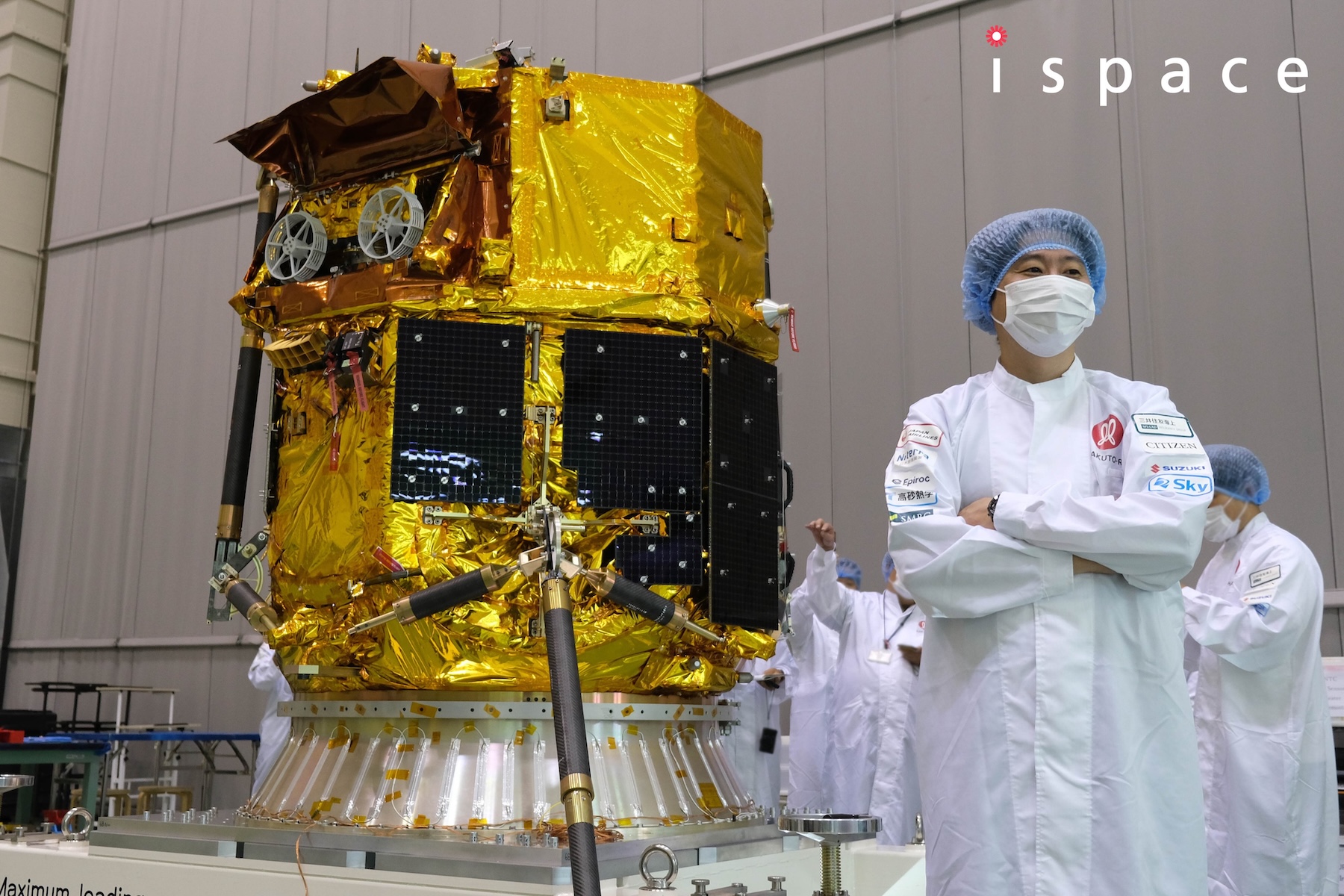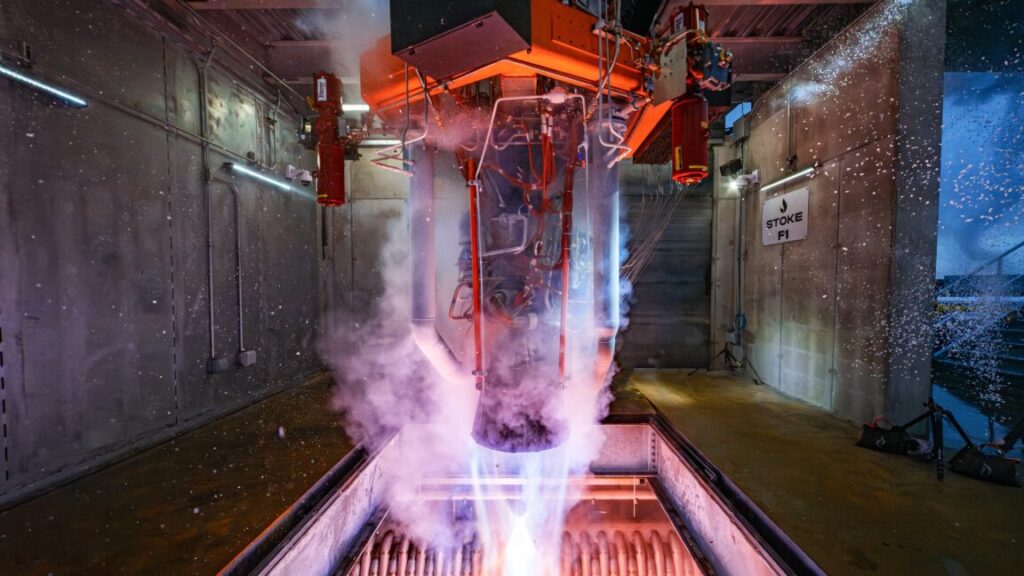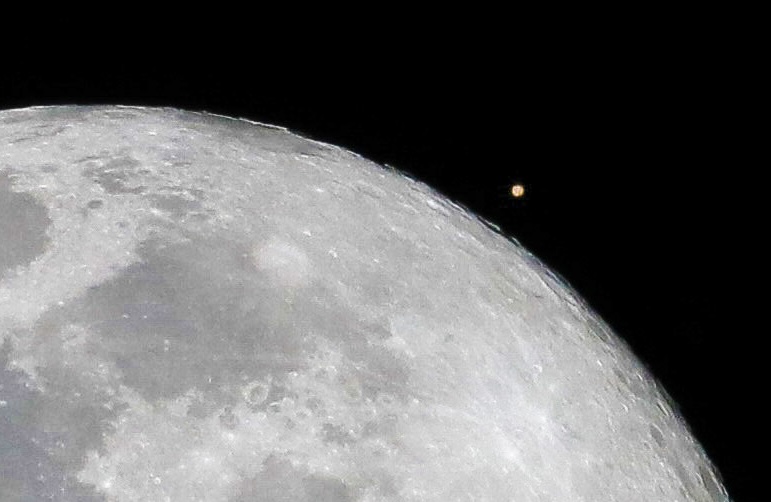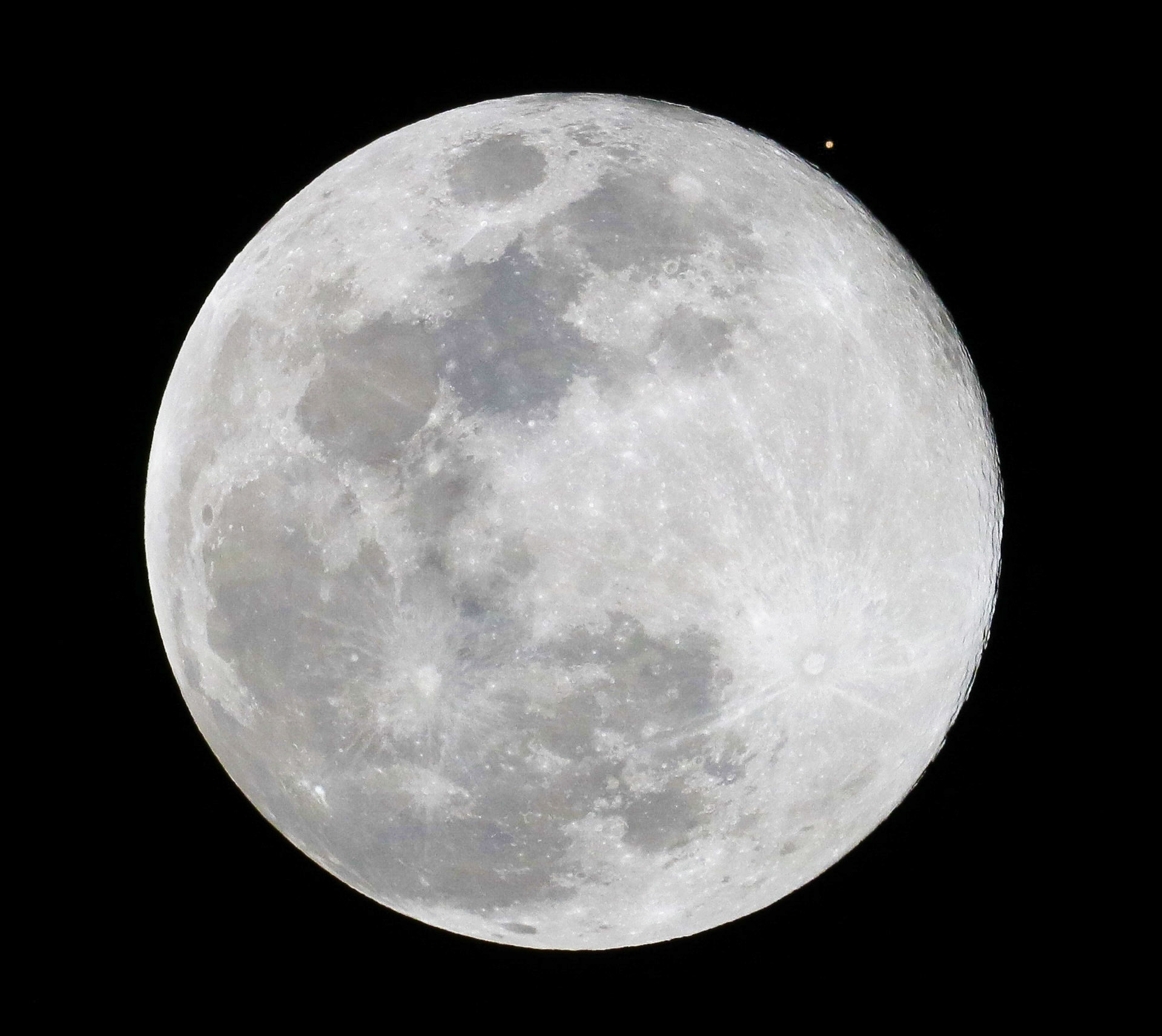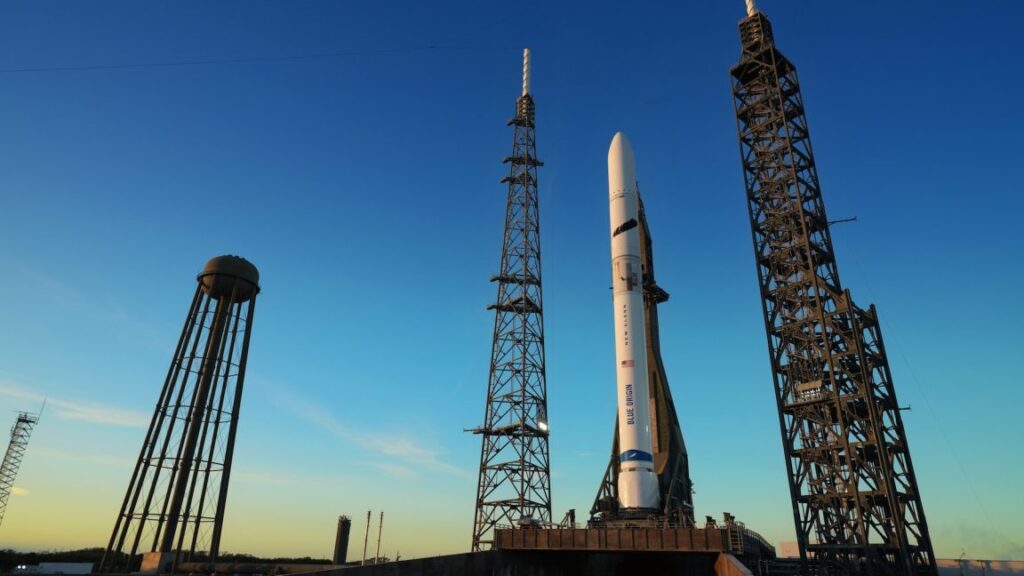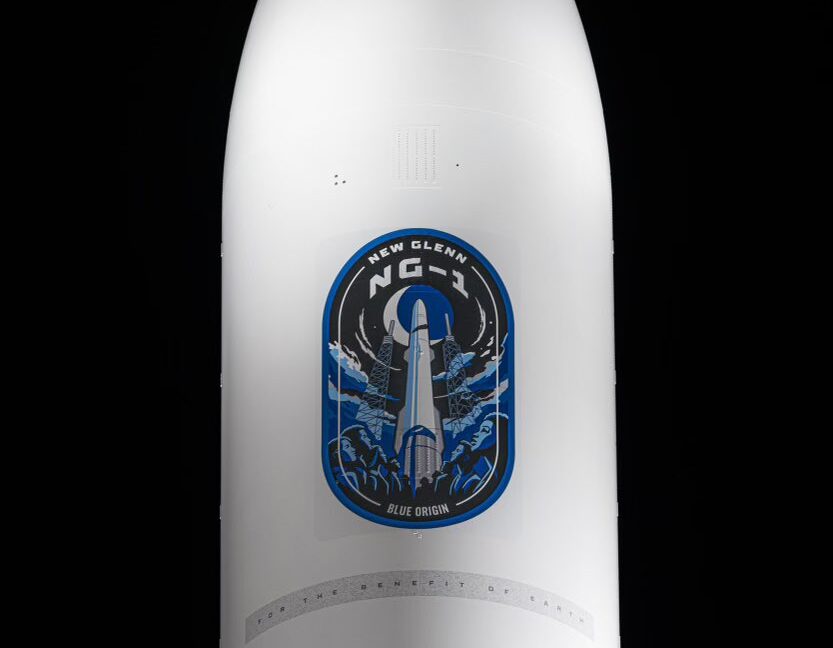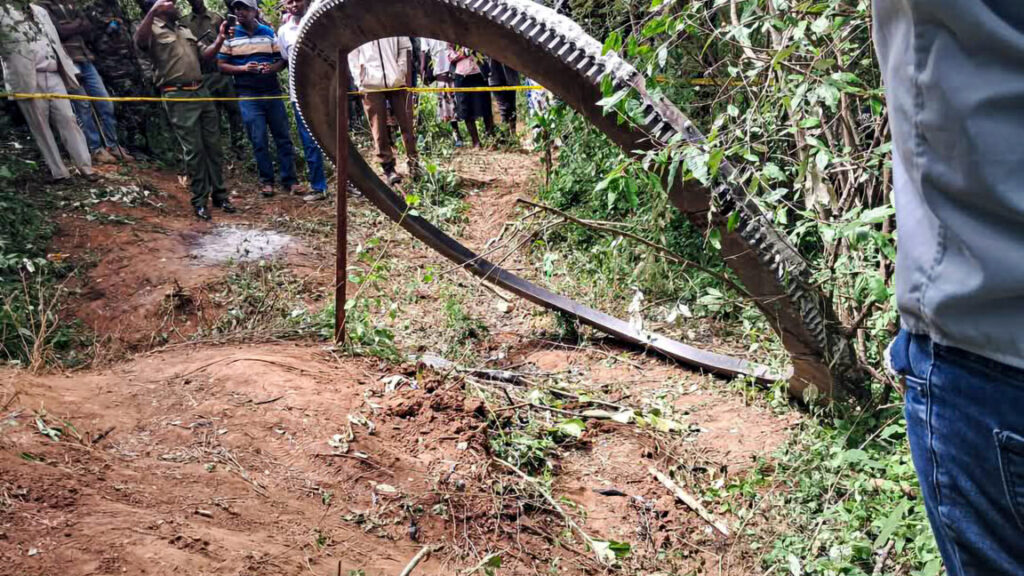Rocket Report: Did China’s reusable rocket work?; DOT may review SpaceX fines
Rocket Lab announced it will soon launch a batch of eight German-owned wildfire-detection satellites.
The Chinese Longxing-2 rocket is erected at Haiyang Dongfang Spaceport in Shandong province on January 13, 2025. This single stage booster lifted off January 19 on a high-altitude demonstration flight to test reusable rocket technology, but the outcome of the test remains unclear. Credit: Costfoto/NurPhoto via Getty Images
Welcome to Edition 7.28 of the Rocket Report! After last week’s jam-packed action in the launch business, things are a bit quieter this week. Much of the space world’s attention has turned to Washington as the Trump administration takes the helm of the federal government. Some of the administration’s policy changes will likely impact the launch industry, with commercial spaceflight poised to become a beneficiary of actions over the next four years. As for the specifics, Ars has reported that NASA is expected to review the future of the Space Launch System rocket. Investments in the military space program could bring in more business for launch companies. And regulatory changes may reduce government oversight of commercial spaceflight.
As always, we welcome reader submissions. If you don’t want to miss an issue, please subscribe using the box below (the form will not appear on AMP-enabled versions of the site). Each report will include information on small-, medium-, and heavy-lift rockets as well as a quick look ahead at the next three launches on the calendar.

What happened to China’s reusable rocket testbed? A Chinese state-owned company performed a rocket flight on January 18 (US time) aimed at testing reusable launch vehicle technology without announcing the outcome, Space News reports. The Longxing-2 test article lifted off from a makeshift launch area near Haiyang, Shandong province. The methane-fueled rocket was expected to fly to an altitude of 75 kilometers (about 246,000 feet) before performing a reentry burn and a landing burn to guide itself to a controlled splashdown in the Yellow Sea, replicating the maneuvers required to recover a reusable booster like the first stage of SpaceX’s Falcon 9. This was China’s most ambitious reusable rocket demonstration flight to date.
State-sanctioned silence … Amateur footage near the launch area showed the rocket rise slowly from the tower and perform an ascent phase with no apparent anomalies. But the video ended before the rocket descended to Earth, and there have been no official updates on the results of the test flight from the Shanghai Academy of Spaceflight Technology (SAST), the state-owned enterprise responsible for the demonstration. SAST published results and video footage of a previous reusable rocket demonstration to an altitude of 12 kilometers last year. The lack of official updates this time raises questions about the success of the test, which could indicate challenges during reentry or landing phases. (submitted by EllPeaTea)
A timely launch for Rocket Lab. A dedicated flight of Rocket Lab’s Electron launcher will soon deploy eight small spacecraft for a German company building a constellation of wildfire-monitoring satellites. Rocket Lab announced the deal Wednesday, saying the mission will launch from the company’s spaceport in New Zealand. The eight satellites are owned by the German startup OroraTech. Rocket Lab said the launch will take place within “just a few weeks,” representing a relatively quick turnaround from contract signing to liftoff. This schedule will allow OroraTech to “meet the season-sensitive requirements of its wildfire-detection mission,” Rocket Lab said.
Infrared eyes … OroraTech’s satellites will host thermal infrared cameras to provide 24/7 monitoring of wildfires globally, supporting better and faster wildfire response to protect forests, people, and infrastructure, according to Rocket Lab. These eight satellites follow the launch of OroraTech’s first three prototype wildfire-detection spacecraft since 2022. The company plans to expand its constellation with up to 100 satellites by 2028. While this launch isn’t directly tied to the ongoing wildfire crisis in Southern California, OroraTech’s mission highlights the role of space-based detection for future firefighters. (submitted by EllPeaTea)
The easiest way to keep up with Eric Berger’s and Stephen Clark’s reporting on all things space is to sign up for our newsletter. We’ll collect their stories and deliver them straight to your inbox.
US green-lights space-related exports to Norway. The United States and Norway have signed an agreement to allow the export of American space hardware to Norway for launches there, Space News reports. The Technology Safeguards Agreement, or TSA, ensures the protection of US space technology exported to Norway. It allows for American satellites and potentially launch vehicles to operate from Andøya Spaceport, located on an island above the Arctic Circle in Norway.
A valuable alliance … There are no US companies with publicly known plans to launch from Andøya, but the US military has touted the value of allies in funding, launching, and operating space-based platforms for communications, navigation, and reconnaissance. This agreement, announced on January 16 in the final days of the Biden administration, follows similar space tech transfer agreements with New Zealand, the United Kingdom, Australia, and Canada. The German rocket startup Isar Aerospace is scheduled to launch its first Spectrum rocket from the Norwegian spaceport as soon as this year. (submitted by EllPeaTea)
Lunar lander test-fires uprated rocket engine. The Leros 4 rocket engine, developed by Nammo UK in Buckinghamshire, has successfully ignited in space, powering the Firefly Aerospace Blue Ghost lunar lander, European Spaceflight reports. This is a higher-thrust version of Nammo’s flight-proven Leros engine design that has provided propulsion for NASA probes to the planets and for numerous telecommunications satellites. Like other engines in the Leros line, the Leros 4 consumes a bipropellant mix of hydrazine and nitrogen tetroxide, which combust when coming into contact with one another.
Thrusting toward the Moon … Firefly announced the successful main engine burn Sunday to begin raising the Blue Ghost spacecraft’s orbit around the Earth. Subsequent burns will further raise the craft’s altitude before eventually attaining enough speed to reach the Moon for a landing in early March. This is the first time a Leros 4 engine has fired in space. The variant flying on Blue Ghost is known as the “Leros 4-Extra Thrust” version, and it provides approximately 294 pounds of thrust (1,310 newtons), roughly double the power of Nammo’s next-largest engine. It’s designed specifically for interplanetary missions and is particularly well-suited for lunar landers because it can sustain thrust for lengthy burns or pulse at high frequency to control a spacecraft’s descent rate toward the Moon’s surface.

Trump’s DOT nominee says he’ll review FAA’s SpaceX fines. President Donald Trump’s nominee to lead the US Transportation Department said he’d review penalties aviation regulators have proposed against SpaceX if confirmed for the role, Bloomberg reports. Transportation Secretary nominee Sean Duffy told senators during a hearing on January 15 that he’d also look into “what’s been happening at the FAA with regard to launches.” Last year, the FAA proposed more than $633,000 in fines on SpaceX due to alleged violations of the company’s launch license associated with two flights of the company’s Falcon 9 rocket from Florida. It is rare for the FAA’s commercial spaceflight division to fine launch companies.
It’s about more than the money … In addition to the proposed fines related to SpaceX’s workhorse Falcon 9 rocket, Elon Musk’s space company has also criticized regulators for taking too much time to review applications for launch licenses for the Starship mega-rocket. Some of the regulatory reviews were triggered by environmental concerns rather than public safety, which the FAA is responsible for ensuring during commercial rocket launches and reentries. Musk’s close relationship with Trump has led to speculation that the FAA will now have a lighter touch with SpaceX. So far, there’s no clear evidence of this happening, but it warrants observation. The FAA ordered a grounding of SpaceX’s Starship rocket after a failure of a test flight on January 16, and there’s been no announcement of a change in the agency’s posture regarding this test flight.
Falcon 9 flexes its muscles. SpaceX launched its latest batch of Starlink satellites from Vandenberg Space Force Base, California, on Tuesday, and this time, the company set a new record by deploying 27 second-generation Starlinks on the same rocket, Spaceflight Now reports. The mission was delayed from Sunday after an aircraft strayed into a keep-out zone near the launch site. This launch included a new type of Starlink spacecraft bus, or chassis, called the Starlink V2 Mini Optimized version. These satellites are considerably lighter than the previous V2 Mini design but also debut upgrades, such as a new backhaul antenna with a SpaceX-designed and built dual-band chip and improved avionics, propulsion, and power systems.
29 at a time … This means SpaceX can launch up to 29 Starlink V2 Mini Optimized satellites on a single Falcon 9 rocket. Before now, SpaceX never launched more than 24 V2 Mini satellites on a single flight. SpaceX has launched the V2 Mini satellite design since 2023. Initially, this design was supposed to be a stopgap until SpaceX began launching much larger Starlink V3 satellites on the Starship rocket. However, SpaceX has now launched more than 3,000 V2 Mini satellites, and the debut of the optimized version suggests SpaceX plans to keep the V2 Mini around for a while longer.

Coming together in Kourou. ArianeGroup has shared that the core stage and two solid-fueled boosters for the second flight of the Ariane 6 rocket have been assembled on the ELA-4 launch pad at the Guiana Space Center in South America, European Spaceflight reports. At the same time, the flight’s payload, the French military CSO-3 spy satellite, arrived at Félix Eboué airport in French Guiana aboard an Antonov transport plane. With the launch campaign in full swing in French Guiana, it’s likely that the liftoff of the second Ariane 6 flight is just a few weeks away. The most recent publicly available schedule showed the launch is slated for February 25, but this information is now a couple of months old.
What it was made for … This launch follows the largely successful inaugural flight of Europe’s Ariane 6 rocket last July, in which the launcher deployed multiple CubeSats into an on-target orbit, but faltered before completing a deorbit burn to maneuver the upper stage toward reentry. Nevertheless, European officials are confident the issue that caused the upper-stage problem last year will not affect the upcoming launch of the French military’s newest surveillance satellite. This is the kind of mission the often-criticized Ariane 6 rocket was made for—launching a sensitive and costly European government payload to orbit with a European rocket from European territory. (submitted by EllPeaTea)
Next three launches
Jan. 24: Falcon 9 | Starlink 11-6 | Vandenberg Space Force Base, California | 14: 07 UTC
Jan. 25: Long March 8A | Demo Flight | Wenchang Space Launch Site, China | 10: 00 UTC
Jan. 27: Falcon 9 | Starlink 12-7 | Cape Canaveral Space Force Station, Florida | 19: 21 UTC

Rocket Report: Did China’s reusable rocket work?; DOT may review SpaceX fines Read More »
